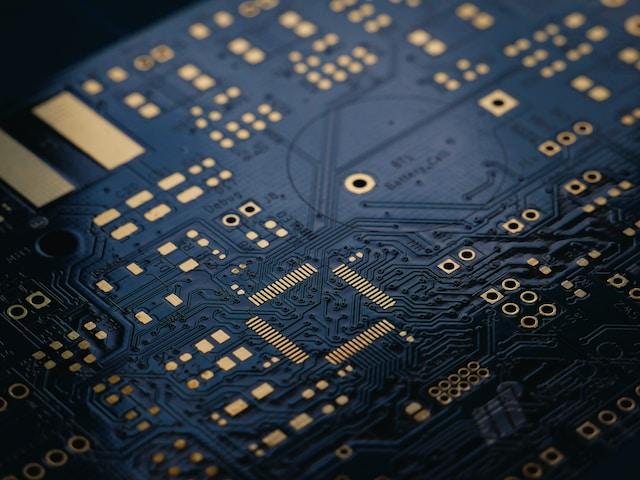User-Centered Electronics Design: Designing Products with the End User in Mind
Ever thought about why certain gadgets make you happy while others are just a headache? A lot of it has to do with their design. This is where the special touch of user-centered electronics design comes in. It's all about focusing on you, the user, in every design choice.
Let's dive into why this method is so key and how the behind-the-scenes stars, the electronics product design engineers, pull it off.
Walking in Your Shoes: The Core of User-Centered Electronics Design
User-centered electronics design is more than just a trendy term; it's a mindset. Picture yourself in your shoes, viewing the world from your perspective. What's your day like? Which gadget features do you adore, and which ones annoy you? How and where do you use these devices? The aim is to craft electronics that aren't just feature-rich but also user-friendly, approachable, and seemingly tailored just for you.
In this design philosophy, every tiny aspect is crucial. The size of the buttons, how bright the screen is, even how much the gadget weighs - all these are considered from your point of view. It's about figuring out what you need, guessing what you might want, and then creating a product that improves your daily tech interactions.
The Electronics Product Design Engineer: Your Design Hero
Now, let's focus on the electronics product design engineer. These pros are the heroes of user-centered design. They're not only tech experts; they're a rare blend of artists, scientists, and empaths. They merge their tech skills with a rich understanding of human behavior to develop gadgets that really connect with you.
These engineers team up with a varied group, including user experience designers, software developers, and product managers. Their goal? To ensure that while they're crafting cutting-edge tech, they're also making something that feels like it was made just for you.
From the first idea to the final product, these engineers constantly have you in mind, aiming to create something you'll not only use but also cherish.
The User-Centered Design Adventure
Creating a product with your needs at the forefront is a journey filled with creativity, empathy, and a deep understanding of what you require. Let's explore this process.
1. Getting to Know You, the User
It all begins with understanding you. This means connecting with people, asking deep questions, and watching how you use tech in your everyday life. The goal is to fully grasp your needs, likes, and those unique little quirks.
2. Brainstorming Ideas
With a solid understanding of you, it's time for the ideas to start flowing. This phase is all about brainstorming, tossing around different concepts, always with an eye on how they'll fit into your life.
3. Bringing Ideas to Reality
Next, the engineers turn those ideas into reality. Whether it's a simple model or a complex prototype, this step is essential for making these concepts tangible and interactive.
4. Testing in the Real World
This is where things get practical. Prototypes are handed over to users like you. The feedback collected here is invaluable, highlighting what works well and what needs more tweaking.
5. Refining and Perfecting
With your feedback in hand, it's back to refining the design. The product is fine-tuned and improved, undergoing several revisions to make sure the end result is exactly what you were hoping for.
6. Gearing Up for Launch
The final stretch is getting the product ready for production and, eventually, into your hands. This phase is all about making sure the product stays true to the vision of being user-centered, right down to the smallest detail.
Wrapping It Up
User-centered electronics design is all about creating products that you'll not only find useful but also love to use. The electronics product design engineer plays a crucial role in this process, tirelessly working to create something that's not just technologically advanced but also a perfect match for the user. By focusing on the people who will use these products, companies can deliver gadgets that are not just functional but also a joy to interact with. This approach is about making our interactions with technology more personal, straightforward, and enjoyable, transforming everyday experiences into something a little more special.

